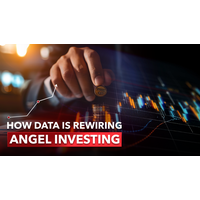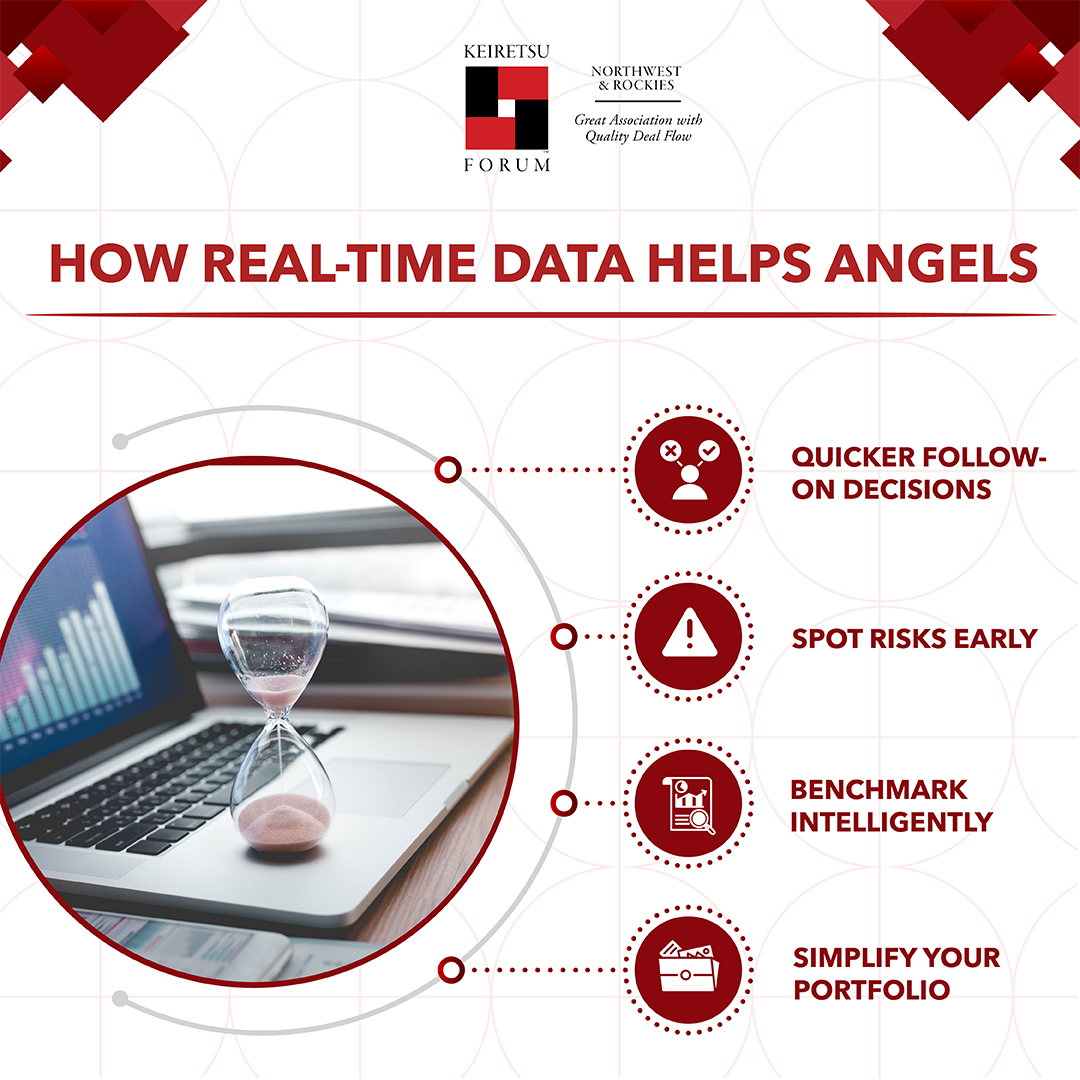
You’ve been there before: you write the check, celebrate the deal, and then… silence. Weeks turn into months until a quarterly update lands in your inbox, half the time late, often vague, and rarely enough to give you absolute clarity. For years, that’s just been part of the angel investing game. But not anymore. That dynamic is changing.
A new generation of portfolio management tools and dashboards is putting real-time insights into your hands. These platforms go far beyond digitized spreadsheets; they’re reshaping how you think about risk, returns, and opportunities.
From Spreadsheets to Smart Dashboards
If you’ve been tracking investments manually in spreadsheets, you know the pain: static data, slow updates, and little context. It’s easy to miss trends that matter.
Now, tools like Carta, Visible, Affinity, and AngelList dashboards give you a live, consolidated view of your holdings. These tools allow you to:
- Track valuation changes as new rounds close.
- Monitor cap table shifts and understand dilution in real time.
- Compare growth against market benchmarks and sector peers.
- Consolidate holdings across funds, syndicates, and direct deals in one place.
Instead of staring at outdated numbers, you gain a live dashboard that helps you make smarter, faster calls.
Why Real-Time Matters for You
Timing is everything in today’s volatile venture market. Real-time visibility can change how you manage your portfolio:
- Make quicker follow-on decisions
When an entrepreneur approaches you for bridge or follow-on funding, you don’t have to guess. You can instantly check burn rate, growth trajectory, and market benchmarks before writing another check. - Spot risks before they escalate
Not every startup will win. By catching early warning signs, such as slowing revenue, rising churn, or unfavorable dilution, you can adjust your exposure and balance your portfolio more effectively. - Benchmark intelligently
Instead of relying on the entrepreneur’s narratives, you can see how your company stacks up. If your SaaS investment is growing at 30% YoY while the sector average is 60%, you’ll know exactly where it stands. - Simplify a complex portfolio
If you’re active across multiple groups or funds, consolidation saves you time and reduces errors. One dashboard means fewer blind spots.
The Shift: From Passive to Proactive
With these tools, you no longer have to play a waiting game. Instead of waiting until the next quarterly email, you can be more proactive and engaged, offering timely advice, preparing for exits earlier, and reallocating capital with confidence.
Still, it’s worth remembering that more data isn’t always better. Over-monitoring can tempt you into reacting to short-term fluctuations instead of sticking to your long-term strategy. The real power of these tools lies in balance. Use them for clarity, not panic.
Do You Really Need Them?
That depends on how you invest:
- If you only hold a handful of deals, quarterly updates might be enough.
- If you manage 20+ investments, real-time tracking becomes invaluable.
- If you operate as a family office or run a micro-VC, dashboards must be a part of your daily routine.
For many angels, real-time tools are becoming a competitive advantage.
Bottom Line
Angel investing will always involve risk, but flying blind doesn’t have to be part of the equation. By adopting real-time portfolio management tools, you gain a clearer view of your current position, the performance of your companies, and where opportunities lie.
If you want to stay ahead as an investor, the message is clear: embrace data-driven tools, and you’ll be better positioned to manage risk, spot opportunity, and change the game.


